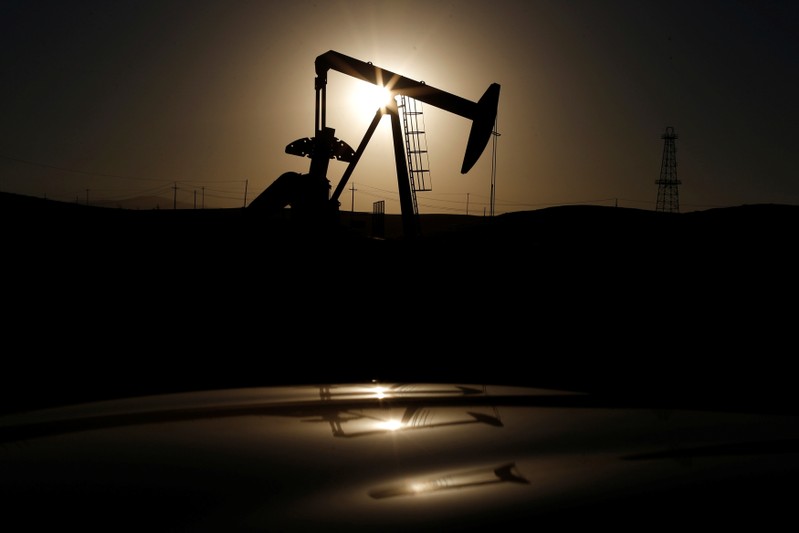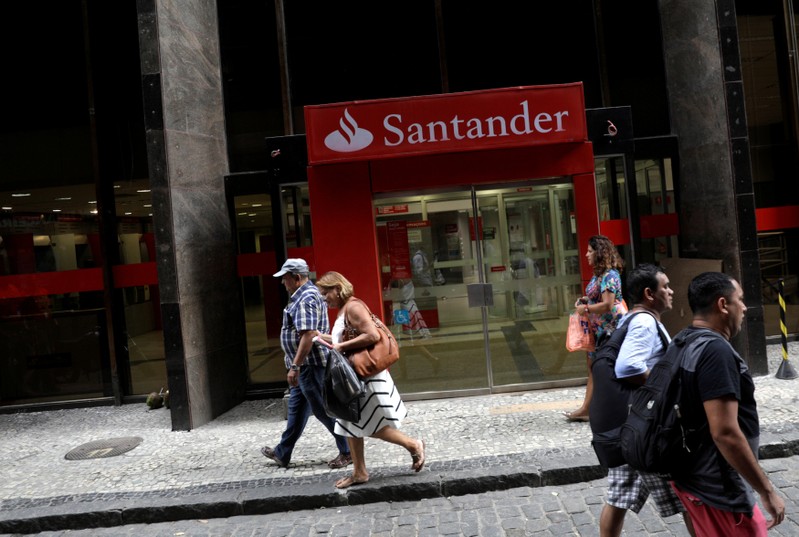
FILE PHOTO: A pump jack is seen at sunrise near Bakersfield, California October 14, 2014. REUTERS/Lucy Nicholson/File Photo
September 27, 2018
By Jessica Resnick-Ault
NEW YORK (Reuters) – Oil edged higher on Thursday, driven by the prospect of a shortfall in global supply once U.S. sanctions against major crude exporter Iran come into force in five weeks.
U.S. President Donald Trump this week demanded that OPEC raise production to prevent further price rises ahead of midterm elections in November for U.S. Congress members.
Analysts said the Organization of the Petroleum Exporting Countries and Russia appear unlikely to immediately boost production as Trump has demanded. U.S energy secretary Rick Perry has ruled out using U.S. strategic crude reserves to lower oil prices.
The most-active December Brent crude futures contract <LCOv1> was up 26 cents at $81.05 a barrel at 11:21 a.m. EDT (1521 GMT), off the session high at $81.90 but still within sight of Tuesday’s four-year high of $82.55.
The front-month November contract expires on Friday.
U.S futures <CLc1> were up 31 cents at $71.88 a barrel.
“On paper, you could argue that the technical and fundamental perspective points to higher prices, so I think that will carry on into next week and further out,” Saxo Bank senior manager Ole Hansen said.
Yet Hansen said he was “struggling to see” the price reaching $100 a barrel. “Already at $80, we are seeing emerging-market local oil prices pretty close to where we peaked a few years ago … the race to protect consumers from further price rises from here could potentially impact demand growth sooner than would otherwise have been expected.”
But Japanese bank Mitsubishi UFJ Financial Group said in a note to clients market risks “are heavily skewed to the upside and whilst we are not explicitly forecasting Brent to rise to $100 per barrel, we see material risks of this coming to fruition.”
Estimates vary widely on how much Iranian crude U.S. sanctions could remove from the market, from 500,000 barrels per day (bpd) to 2 million bpd.
At its 2018 peak in May, Iran exported 2.71 million bpd, nearly 3 percent of daily global crude consumption.
Saudi Arabia will quietly add extra oil to the market in coming months to offset a drop in Iranian production but is worried it might need to limit output next year as the United States pumps more crude.
OPEC has little spare capacity. Iran is the group’s third-largest producer.
U.S. crude production <C-OUT-T-EIA> hit a record 11.1 million bpd in the week ending Sept. 21, the Energy Information Administration (EIA) said on Wednesday, up almost a third since mid-2016.
Commercial crude stocks <C-STK-T-EIA> rose by 1.85 million barrels, to 395.99 million barrels, the EIA data showed.
(Reporting by Amanda Cooper in London Additional reporting by Henning Gloystein in SINGAPORE; Editing by David Gregorio and Mark Potter)

